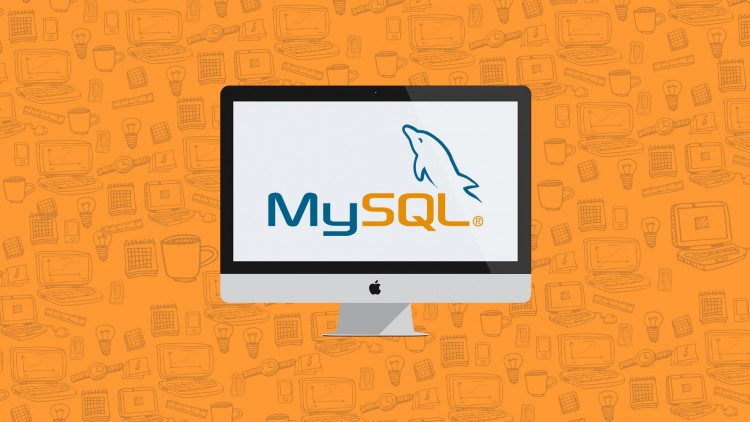Introduction:
The database is one of the most valuable assets of an organization. The loss or damage of data in the database can have serious consequences, including operational downtime and potential financial loss. Therefore, it is crucial for database administrators to regularly back up data and know how to restore it when needed. In this article, we will walk through the essential steps of MySQL database backup and restore, providing you with the knowledge to keep your data safe and secure. For more detailed information, you can visit the original article at MySQL Database Backup and Restore.
What is Database Backup?
Database backup refers to the process of creating a copy of the data stored in an existing database. This copy serves as a safeguard, allowing data to be restored in the event of data loss, corruption, or accidental deletion. In relational database management systems like MySQL, the backup process is typically carried out through SQL backups, which capture the database structure and content.
Methods of MySQL Database Backup
There are several methods available for performing MySQL database backups, each offering different advantages depending on your specific requirements.
a. SQL Dump Method
The SQL Dump method is one of the most common ways to back up a MySQL database. This approach involves using the mysqldump tool, which creates a backup file in SQL format. This file can include the entire database or specific tables, depending on your needs. The SQL Dump method is particularly useful because it is easy to implement and provides a human-readable format that can be imported into any MySQL instance.
mysqldump -u username -p database_name > backup_file.sqlb. Physical Backup
Physical backup involves directly copying the raw database files from the server’s file system. This method ensures that the entire database is backed up, including data, indexes, and configuration files. However, physical backups are dependent on the specific features and file structure of the database management system and often require the database server to be stopped during the backup process.
c. Remote Backup Services
Using third-party services or cloud platforms to perform automated backups is becoming increasingly popular. These services often provide offsite storage, redundancy, and easy access to backups from any location. Remote backups are ideal for disaster recovery scenarios where local backups might be compromised.

Steps for MySQL Database Backup
a. Using SQL Dump Method
1. Use the mysqldump command in the terminal or command prompt to create a backup file:
mysqldump -u username -p database_name > backup_file.sql2. Enter your username and password to confirm the operation.
b. Physical Backup
1. Stop the database server.
2. Copy the database files to the backup folder.
3. Restart the database server.
MySQL Database Restore
a. Using SQL Dump Method
1. Use the mysql command in the terminal or command prompt to import the backup file:
mysql -u username -p database_name < backup_file.sql2. Enter your username and password to confirm the operation.
b. Physical Backup
1. Restore the backup files by overwriting the original database files.
2. Restart the database server.
Backup Strategies
a. Regular Backups
Perform backups regularly, especially after significant changes to the database. Regular backups reduce the risk of data loss and ensure that you have the most recent data available for restoration.
b. Backup Storage
Store backups in a secure location, such as an offsite facility or cloud storage. Backups should be easily accessible when needed, yet protected from unauthorized access.
c. Testing
Regularly test both backup and restore operations to ensure the integrity of your backups. Testing is crucial for verifying that backups can be restored successfully and that the data remains intact.
Conclusion
MySQL database backup and restore operations are integral to preventing data loss and maintaining database integrity. In this article, we’ve explored different backup methods, steps, and strategies that you can apply to keep your data safe. By regularly backing up your data and knowing how to restore it, you can protect your organization against potential data disasters and ensure business continuity. For further details, visit the full article at MySQL Database Backup and Restore.




